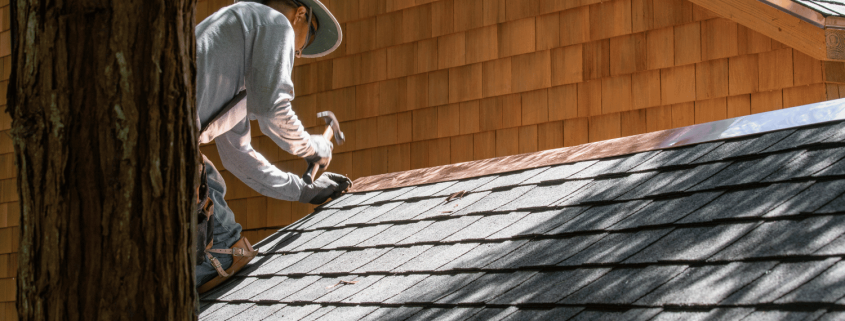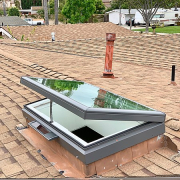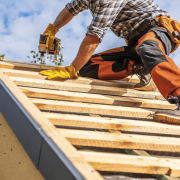Top Tips for Efficient Installation of Roof
Need to install a new roof? This guide provides clear steps to help you navigate the entire installation of roof process, from preparation to the final inspection.
Key Takeaways
-
Start with a thorough evaluation of your existing roof to determine if it needs repair or full replacement before installation.
-
Set a realistic budget considering the costs of new roofing materials, installation, and potential repairs to avoid surprises later.
-
Prioritize safety by using proper gear and consider hiring professional contractors for expertise, efficiency, and post-installation support.
Preparing for Your Roof Installation
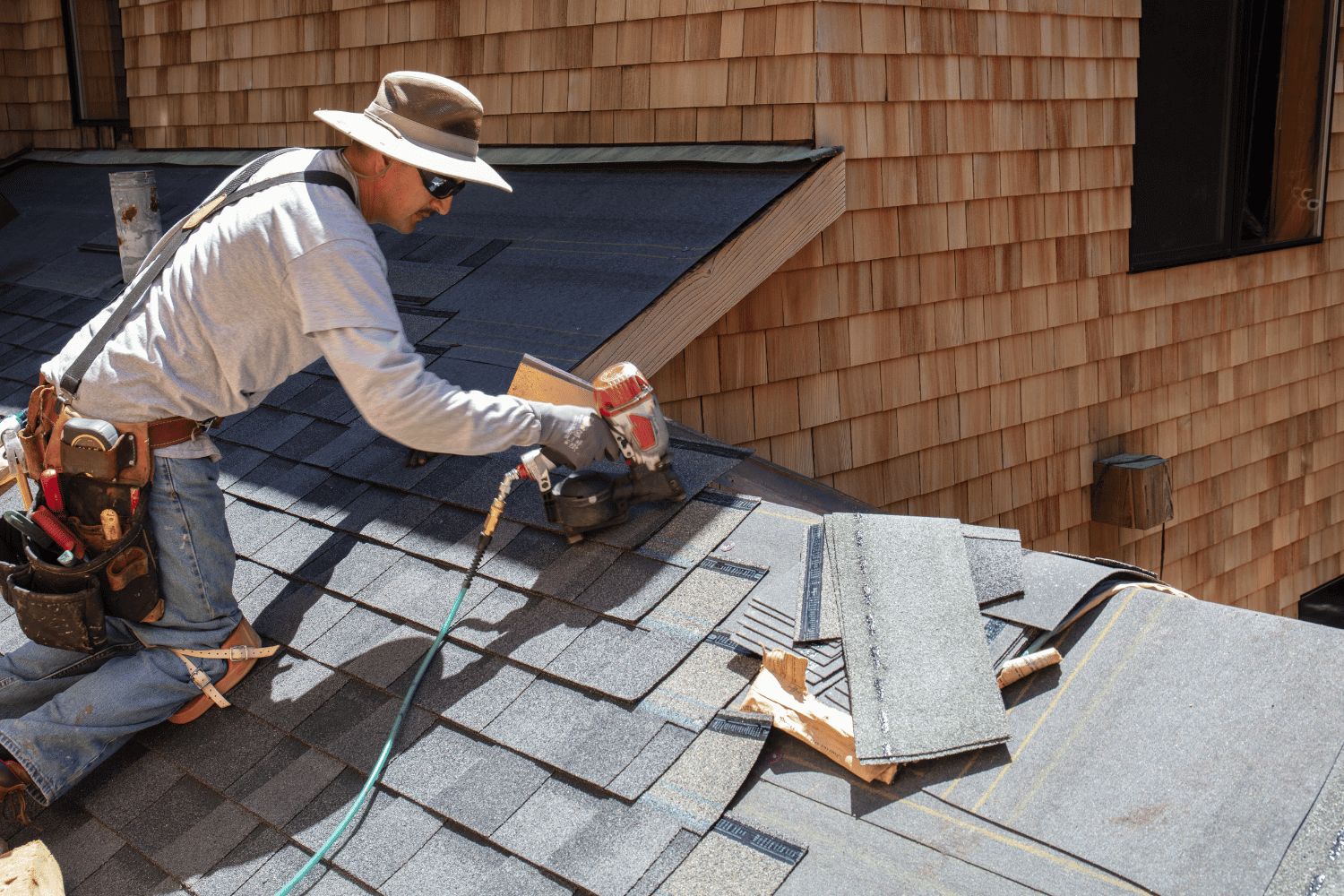
Before commencing the roof installation, laying the groundwork is essential. Effective planning and preparation underpin a successful roofing project. Begin by evaluating whether your current roof requires a full replacement or just repairs. Understanding its current state will clarify the steps ahead.
Next, set a realistic budget for your new roof. Knowing the costs involved can help avoid unexpected financial strain.
Finally, select roofing materials that suit your needs and local climate for durability and efficiency. Here are the preparatory steps in detail.
Evaluating Your Existing Roof
Start by thoroughly inspecting your existing old roof. Look for signs of water damage, discoloration, mold, and check for damaged or missing shingles. Extensive damage or leaks may indicate the need for a replacement, but some issues can be resolved with targeted repairs.
Also, consider the age of your roof. Most roofing materials, such as asphalt shingles, last about 20-30 years. If your roof is aging or shows significant wear, consult a professional roofing contractor for a detailed assessment and advice on the best course of action.
Finally, verify with local authorities if a permit is required for your project to avoid legal complications later.
Budgeting for Your New Roof
Budgeting is vital when preparing for a new roof. The average replacement cost is around $8,000, but this varies based on home size, roofing material, and labor costs. Obtain multiple estimates from different contractors to ensure a fair price.
Also, consider the return on investment. A new roof can increase your home’s resale value, often recouping about 60% of its cost, making it a valuable investment.
Remember, repair costs can range from $400 to $2,000 depending on damage extent. Include these potential expenses in your budget to avoid surprises.
Choosing the Right Roofing Materials
Selecting the right roofing materials is crucial for your roof’s success and longevity. Consider your budget, location, and style preferences. Asphalt shingles are popular for their affordability and ease of replacement, making them ideal for many homeowners.
Clay tile roofs offer durable protection and can extend your roof’s lifespan significantly, although they are more expensive. Metal roofs are known for their durability and energy efficiency but also come at a higher cost.
Assess your specific needs and local climate to make an informed decision. The right material can significantly impact your roof’s performance and longevity.
The Roof Installation Process Explained

Familiarizing yourself with the roof installation process helps manage expectations and ensures smooth progress. For an average-sized home (around 3,000 sq ft), this process typically takes two days to one week, depending on complexity and underlying issues.
The process starts with removing old roofing materials, then inspecting and repairing the roof decking. Next, install the drip edge and underlayment to protect against water infiltration. Install new roofing materials from the bottom up. Finally, add flashing and vents, followed by a thorough inspection and cleanup.
Let’s delve into each of these steps to provide a clear understanding of what happens during a roof installation.
Removing Old Roofing Material
The first step is to remove all old roofing materials, known as a roof tear-off, to ensure a clean, solid foundation for the new roof. Tools like a roofing tear-off shovel or shingle fork can make this process more efficient.
For metal roofs, a pry bar or drill is typically used for removal. Ensure all old shingles and debris are completely cleared before moving on.
Inspecting and Repairing the Roof Decking
After removing the old roofing material, inspect the roof decking to ensure structural integrity. Address any water damage or rot immediately. Replace damaged decking with materials like CDX plywood or OSB of the same thickness, typically 1/2 inch.
Ensure the roof decking is clean and free of debris to provide a solid base for the new roof after necessary repairs.
Installing the Drip Edge
Install a drip edge to protect the fascia and ensure proper water drainage. On the lower portion of the roof, it should be installed before the underlayment; on the sides, after the underlayment.
Secure the drip edge by driving nails through its top into the decking every few feet. Proper installation ensures water is diverted away from your home, preventing potential damage.
Laying Down Underlayment
Underlayment acts as a barrier to prevent water infiltration and protect the roof decking. It should cover the entire surface, be nailed or stapled in place, and overlap at the edges by at least two inches.
On warm days, the underlayment may stick to the clean decking without fasteners. Ensure it lies flat to avoid ripples or lumps that could affect the final appearance of the roofing shingles.
Installing New Roofing Material
Install the new roofing materials, starting from the bottom and working upwards to ensure proper alignment and water flow. Seal each nail head with roof sealant to prevent leaks.
For added protection, install shingles up to the front wall to align with dormer flashing. Finalize ridge caps to ensure a waterproof finish and complete the roofing process.
Adding Flashing and Vents
Flashing protects areas where the roof intersects with vertical structures, preventing water leaks. Proper installation and sealing around vents are essential to ensure no water infiltration.
Seal each nail head when installing new shingles around vents to prevent potential leaks, ensuring your new roof’s durability and efficiency.
Final Inspection and Cleanup
Conduct a thorough final inspection to ensure all elements of the roof installation are correctly completed. Verify installation accuracy, check for defective materials, and seal all exposed nails on vents and stack flashing to prevent leaks.
After the inspection, clean up all old roofing materials, stray nails, and debris from the roof and surrounding areas, leaving your property in pristine condition.
Safety Precautions During Roof Installation

Safety should always be prioritized during roof installation. Implementing guardrails or safety netting can reduce the hazards of falls and falling materials. Additionally, securing and marking skylights can prevent accidents.
Hiring skilled roofers ensures effective risk management due to their expertise and use of proper safety equipment. Here are specific safety measures to take during a roofing project.
Using Proper Safety Gear
Using proper safety gear is crucial during roof installation. Recommended safety gear includes gloves, protective eyewear, safety harnesses, and kneepads.
Personal protective equipment (PPE) such as hard hats, safety glasses, and slip-resistant shoes are also essential.
Managing Risks of Falling Debris
Managing risks of falling debris is crucial for safety during roof installation. Vibrations from roofing work can dislodge items on walls or ceilings, so remove fragile decorations beforehand.
Prioritize safety precautions to protect yourself and your property.
Benefits of Hiring Professional Roofing Contractors

Hiring professional roofing contractors offers numerous benefits, making your project smoother and more efficient. Professionals bring expertise, experience, and the right equipment for a high-quality installation. They also provide convenience, increased safety, and peace of mind.
They handle complex structures with steep angles, dormers, pitch changes, or chimneys, making them invaluable for challenging projects. Here are the specific benefits of hiring professionals.
Expertise and Experience
Waddle Exteriors, with over 40 years of experience, collaborates with top manufacturers like GAF to deliver high-quality installations. This blend of expertise and partnerships greatly enhances customer satisfaction.
Warranty and Post-Installation Support
Understanding warranty details and post-installation support is essential before signing a contract. Waddle Exteriors ensures homeowners register their warranties to guarantee coverage.
They also conduct thorough post-completion inspections to ensure proper execution of their work.
How to Maintain Your New Roof
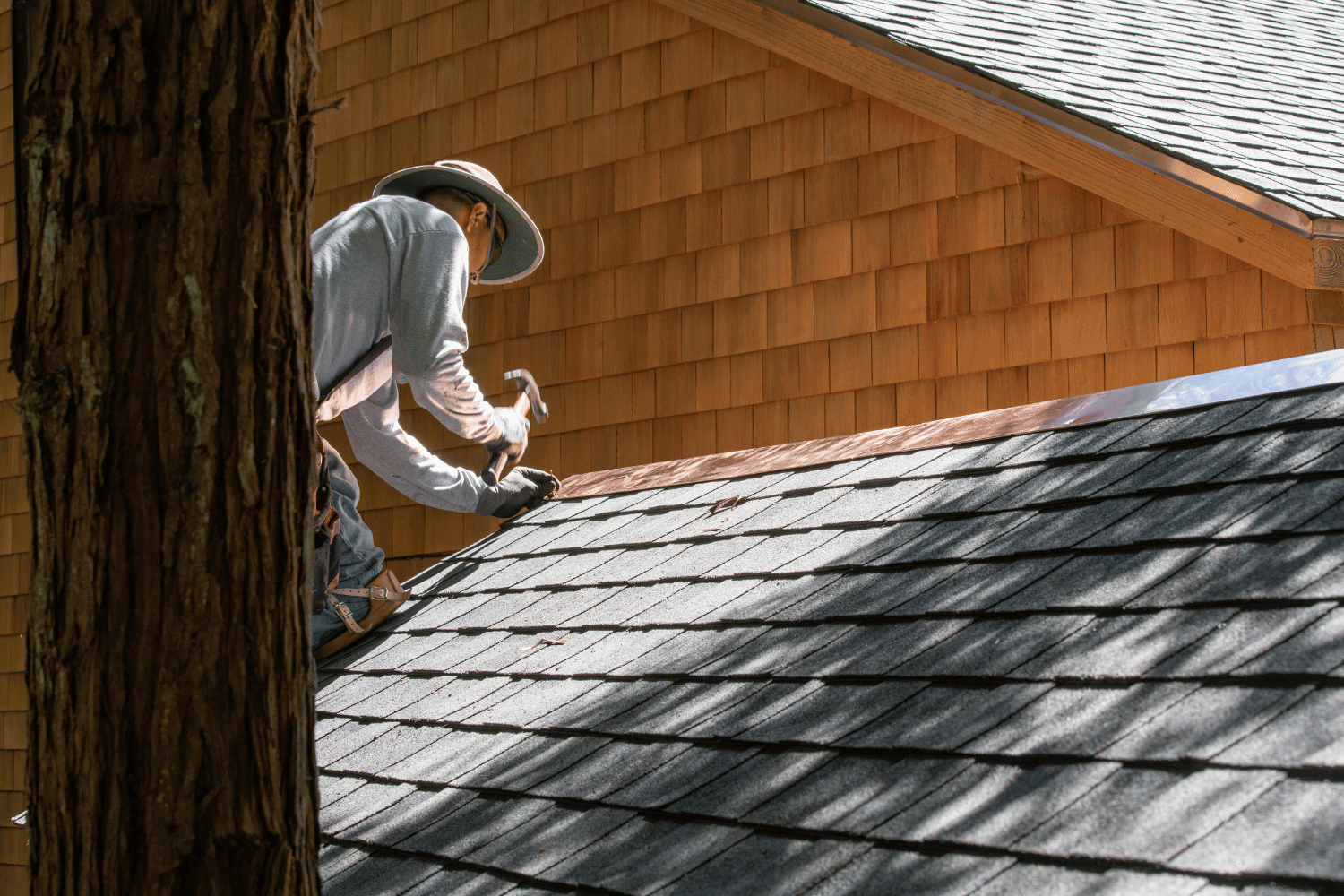
Maintenance is key to prolonging your new roof’s lifespan and preventing costly repairs. Proper upkeep can significantly extend its life and prevent minor issues from escalating.
Many roofing services offer workmanship warranties covering installation-related issues, providing ongoing support to keep roofs in optimal condition through regular inspections.
Here are the specific steps to maintain your new roof.
Regular Inspections
Regular inspections are vital for maintaining your roof’s integrity. Inspect your roof at least twice a year to identify wear and tear early, such as damaged shingles or rusted flashing. If you’re uncomfortable with this task, hiring a professional can ensure a thorough assessment.
Regular inspections prevent costly repairs by catching potential problems early. Look for issues like cracked caulk, missing shingles, or signs of decay such as moss or algae. Using binoculars can help inspect from the ground, minimizing risks.
Cleaning and Debris Removal
Keeping the roof clean and free from debris prevents water accumulation and associated damage. Regularly clearing leaves and debris prevents moss and algae growth, protecting the roof’s integrity.
Using soft washing techniques is recommended for cleaning roofs to avoid damage while effectively removing algae and moss. Proper drainage is crucial for roof performance, and regular cleaning helps maintain this.
Summary
Installing a new roof is a significant undertaking that requires careful planning and execution. From evaluating your existing roof and budgeting for the project to choosing the right materials and understanding the installation process, each step is crucial to ensure a successful outcome. By following the detailed guide provided, homeowners can navigate the complexities of roof installation with confidence and ease.
The benefits of hiring professional roofing contractors, coupled with proper maintenance practices, can extend the lifespan of your roof and safeguard your investment. Regular inspections and debris removal are simple yet effective ways to keep your roof in top condition. With the knowledge gained from this guide, you’re well-equipped to undertake your roofing project and maintain your new roof for years to come.
Frequently Asked Questions
What are the key steps in the roof installation process?
The key steps in installing a roof are removing the old materials, repairing the decking, and then laying down new underlayment and roofing material. Don’t forget the flashing and vents, followed by a thorough final inspection and cleanup to ensure everything’s in top shape!
How often should I inspect my roof?
You should inspect your roof at least twice a year to catch any issues like damaged shingles or rusted flashing before they turn into bigger problems. Staying proactive can save you a lot of headaches down the line!
What are the benefits of hiring a professional roofing contractor?
Hiring a professional roofing contractor guarantees quality workmanship and safety, plus you get warranties and support after the job is done. It’s a smart choice for peace of mind!
How can I maintain my new roof?
To keep your new roof in top shape, make sure to inspect it regularly and clear away any debris. Keeping an eye out for things like missing shingles or moss can save you from bigger problems down the line.
What types of roofing materials should I consider?
When considering roofing materials, asphalt shingles, clay tiles, and metal roofs are great options. Your choice should reflect your budget, location, and personal style.

